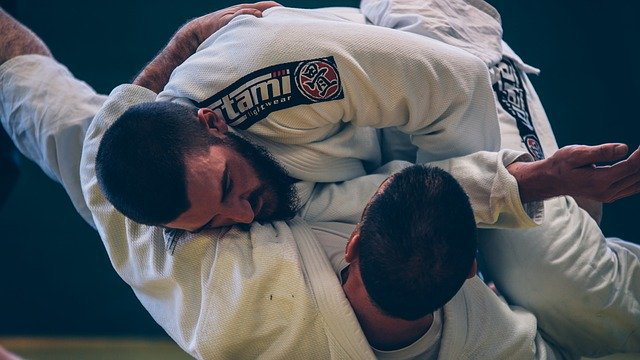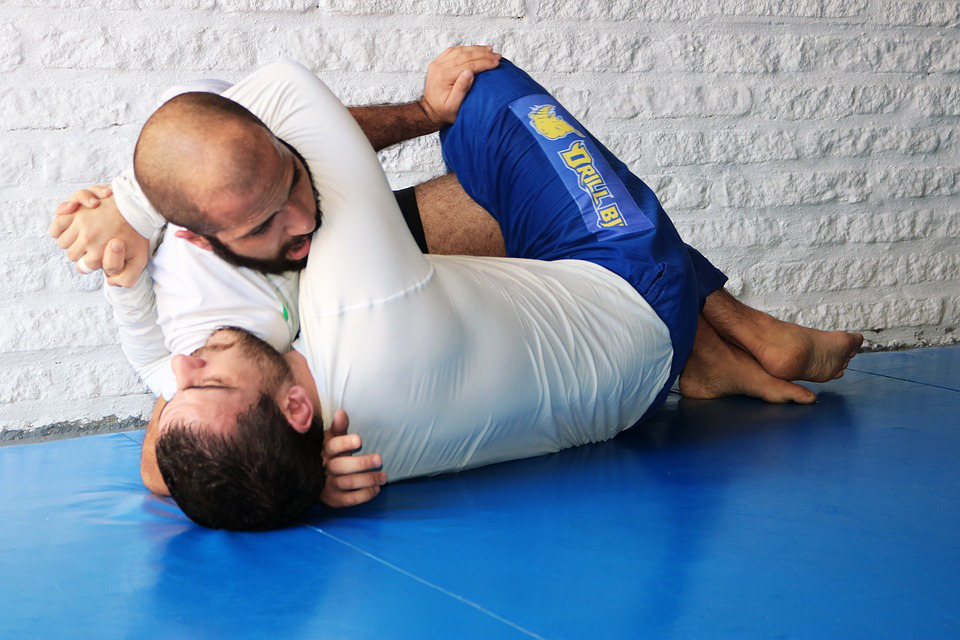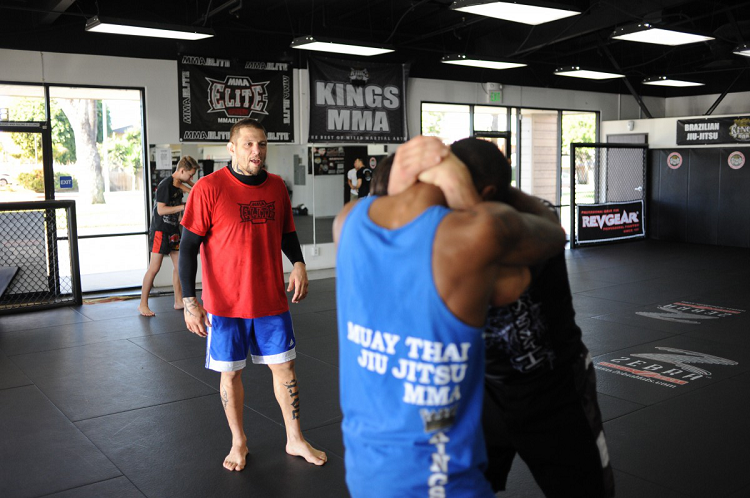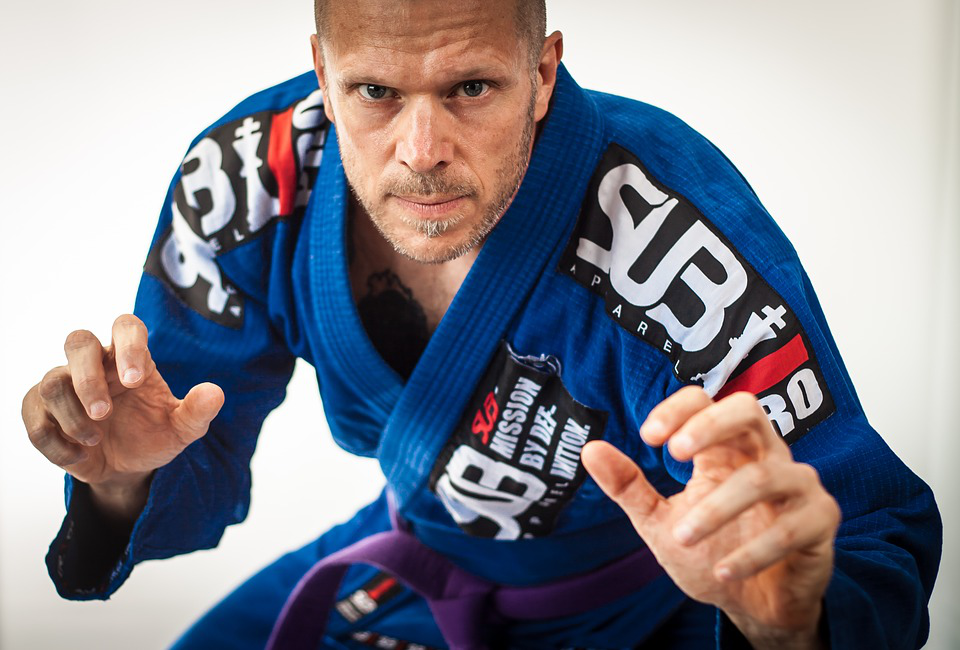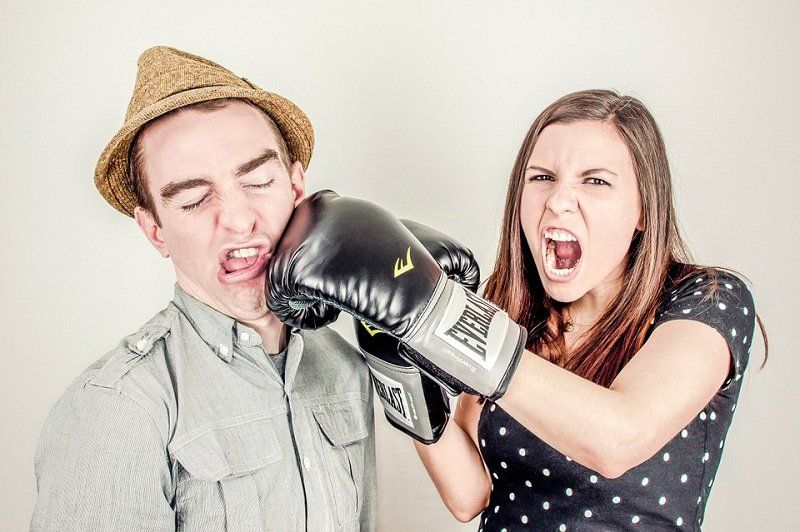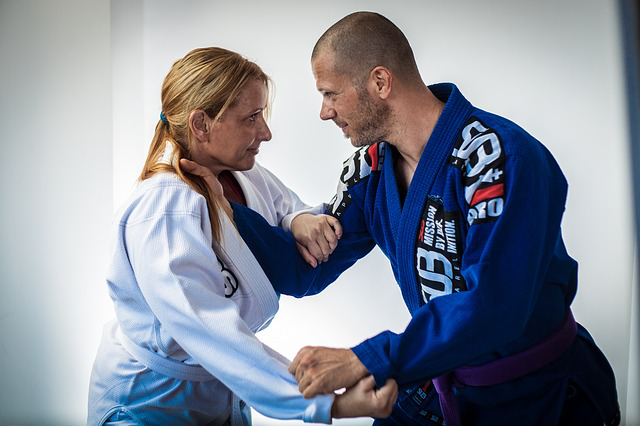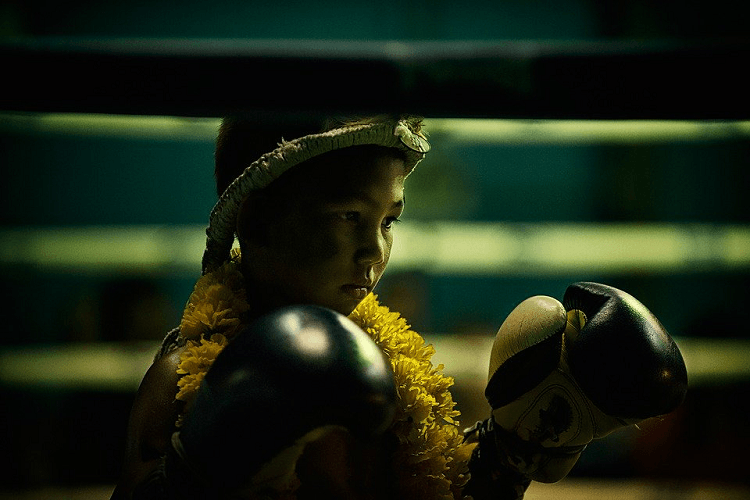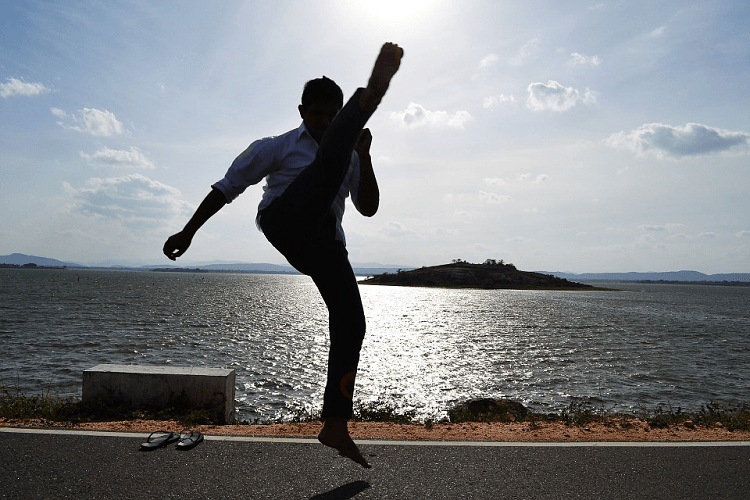Establishing a Strong Foundation in Martial Arts
I remember back to one of my favorite 1984 movies “The Karate Kid”, when Mr. Myagi makes a bond of apprenticeship with Daniel-san to teach him Okinawan Karate. He sits Daniel down in the back yard and teaches him the importance of being “all in” with his Karate training, and then Mr. Myagi teaches him the importance of focus in training, and the importance of the teacher/student bond:
“I promise teach Karate - that my part. You promise learn Karate. I say, you do, no questions - that your part.”
For many, this form of loyalty in training is not in line with our modern, western thinking with regards to a teacher/student relationship. Given the world of today, I generally try not to push hard on the “unwavering loyalty” aspects of Bushido in the Martial Arts because I find that this old-world way of thinking is rarely appreciated in the western cultures of the 21st century. I also believe that trying to invoke such a loyalty at the expense of free-thinking and personal exploration is not appropriate for a positive learning environment. A thinking student is a learning student, and the suppression of free-thinking will always get in the way of educational advancement.
With that said, we need to appreciate the fact that a student makes a commitment to study under the teacher, but the teacher also makes a commitment of loyalty to train the student. This is a basic student/teacher bond that I believe is no different than the commitment made between a school teacher and a student in our education systems – without this basic bond, the student feels as if he/she is simply “one out of a number” in the classroom, and the student will not absorb as much. Similarly, without this commitment of loyalty, the teacher feels as if he/she is simply going through the motions, and this also degrades proper education and the conveyance of knowledge. The student needs to build a bond of confidence with the teacher in order to gain the most out of an education.
This bond is also important in establishing a baseline of understanding for the student in martial arts. Whether you want to become an MMA fighter, a traditional martial artist, a sport martial arts competitor, or a skillful self-defense practitioner, you need to establish an understanding of how and when to execute all/most of the basic movements and techniques within the practice. This will require commitment, discipline, patience and time by a committed student working with a committed teacher. However, I believe that commitment (and the reasons why commitment benefits the student) are rarely understood by students and teachers alike.
In Jiu Jitsu this foundation in the basics of the martial art is usually achieved by the time the student attains the rank of blue belt. This is the point where a Jiu Jitsu student not only understands the foundational basics of Jiu Jitsu, but they also have an understanding of body mechanics and why certain things will work (while others do not). In Karate, this fundamental understanding and application of the concepts and techniques is usually achieved by the rank of green belt or brown belt - by this point, the student not only understands the basics, but also has the ability to put things together in a real-life self-defense encounter, if needed. The knowledge base becomes more than just theory to the student.
In my experience in learning Wrestling, Boxing, Jiu Jitsu, Karate, Muay Thai, Aikido, and TKD this fundamental understanding is generally achieved after 2-4 years of intensive training in the chosen martial art. This does not mean that the student is ready to tackle the world, or open a school/gym/dojo to begin training others. To be clear, more focused training is paramount when attempting to organize, synthesize, understand, and internalize, all the data your brain is attempting to process from one training session to the next. However, this 2-4 year time-frame is an estimate of the amount of time needed for most students to develop a basic threshold of understanding.
This also falls in line with Anko Itosu’s original 10 precepts of Karate when he articulated that a person can “master” the art of Karate in as little as three years. The term “mastering” in this context does not mean that you are an expert after three years and have learned all that there is to learn from Karate, but this means that you will likely have a solid understanding of the art and will be able to use it in practicality, if required.
If you look at this overall 2-4 year timeframe, it also lines up with your average time-frame for a Technical Trade school or a University degree - the amount of time to master the basic subject so that you are ready for more advanced training and applications.
The speed of this growth process is contingent on the acumen and commitment of both the student and the teacher. Both depend on timely feedback from the other to move forward. The student requires feedback about their progress in relation to proximal goals needed to achieve medium term goals that are aligned with long term goals. The diligent teacher in turn requires consistent feedback from the student to monitor student progress, address learning needs, and provide individualized programming within a whole class setting.
This symbiotic relationship between the student and the teacher is pivotal when the student is attempting to establish his/her foundation in a given martial art. Given the importance of establishing a foundation, it is unwise to attempt to develop mastery of martial arts from multiple schools simultaneously. This often leads to poor basics in several different types of martial arts and undermines the necessary input of energy, concentration, and commitment required by both the student and the teacher.
As an example of this ill-advised form of “Dojo-hopping”, I recall a student many years ago who came to my original instructor’s Dojo from another martial arts school. This individual had spent the last 4-5 years switching from school to school, and had dabbled in 6-8 different martial arts in search of something solid. The problem was that despite his years of training, he couldn’t throw a decent kick, or a hard punch - his basics were terrible. He looked spastic and inexperienced, because he never spent enough time at any school to develop a baseline of understanding of the martial arts basics.
We used to call people like this “searchers” because they constantly searched, but never found what they were looking for. There can be a lot of reasons for this searching mentality. But part of the reason is likely that they have no clue what they are looking for. In other words, you need to establish a baseline understanding of a martial art before you begin your roaming search - otherwise, you may not know you have found what you are looking for when you ultimately encounter it.
I am all for free-thinking and exploration - I often encourage it in the right setting, but first establishing this baseline understanding helps you to separate the proverbial wheat from the chaff so that when you encounter other martial arts, you know the good from the bad, and you have a base of understanding regarding what works (or should work), versus what is pure speculation and theory.
Despite the fact that we live in an ever increasingly capitalistic society which places less and less value on people and relationships, we need to strongly consider that development in combatives and martial arts is dependent on relationships. The student-teacher relationship should be a special one, whereby both parties agree to encourage and foster the other’s growth and interests. I personally don’t like to think of this relationship as simply a contract for services rendered. I believe in open sharing of ideas and am enthusiastic about the growth and development of my students. I also believe that this relationship is very important in the early and long-term growth of a martial arts student.
